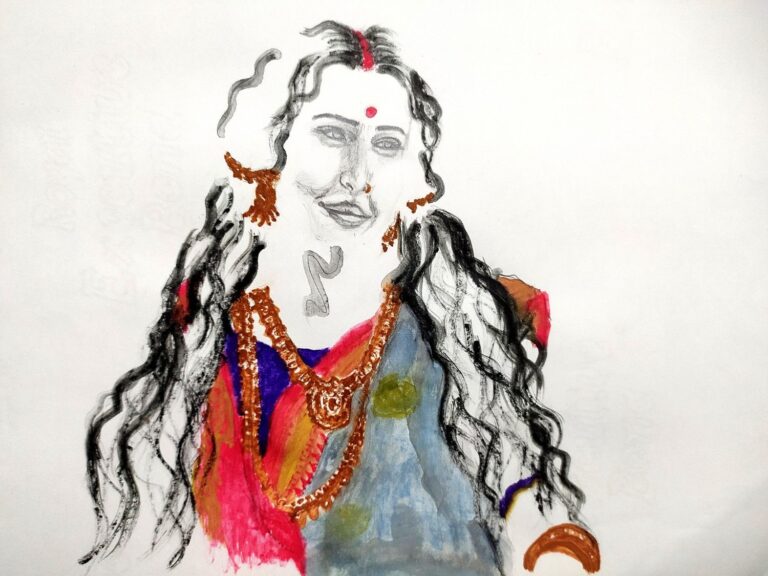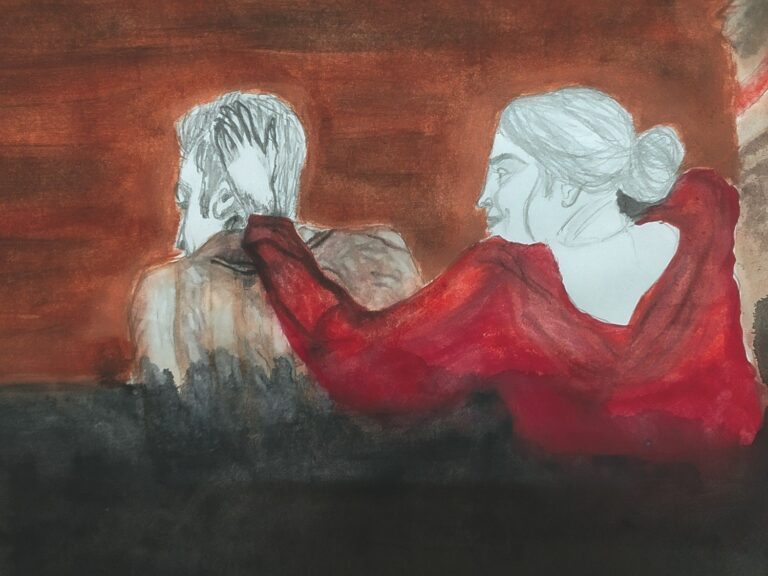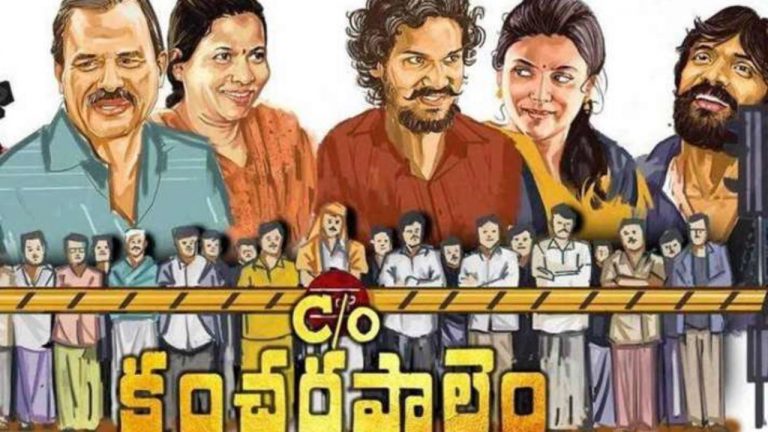Avatar: The Way of Water by James Cameron
I have completed my post-graduation in Sociology from South Asian University, New Delhi in 2022, and have been working as a Research Assistant (2023–2025) in an ICSSR-funded research project at the Department of History, Banaras Hindu University, Varanasi. My writings spans book reviews which have appeared in Religion, Contemporary South Asia (Routledge), LSE Review of Books, the International Institute for Asian Studies (University of Leiden), Doing Sociology, and commentaries in Asian Confluence and Armchair Journal.
Synopsis of the Movie
To protect their family from the revenge of Colonel Miles Quaritch (Stephen Lang), Jake Sully (Sam Worthington) and Neytiri (Zoe Saldana) find refuge with their children with the people of the Reef, the Metkayina clan…
Thirteen years after the release of the first opus (the anniversary of the first, it’s Friday technically), Avatar: The Way of Water marks the great return of the illustrious producer James Cameron and the Pandorian universe that he put into image in 2009 with the help of multiple technological innovations of the world of cinema, including motion capture. Some new innovations in pocket this year, this film aims to reveal a little more of the planet Pandora outside the Na’vi forest. And like the Fast & Furious series, it is with family that it happens.
We are thrown into action in the film. A few years after the defeat of the humans who came to monopolize Pandora’s natural resources, Jake Sully (Sam Worthington) and Neytiri (Zoe Saldana) were able to take advantage of an extended period of peace to start their family. Peace is unfortunately never eternal, and it is humans who bring war back to Pandora. Colonel Miles Quaritch (Stephen Lang) makes a surprising comeback, seeking revenge against the Sully family, and embarks on a relentless pursuit, desperate to get rid of Jake Sully.
The attention paid to the flora, and more to the fauna of the planet Pandora in Avatar 2 is second to none.
Throughout the film, different motifs oppose protagonists and antagonists: while humans are invasive and violent, the family of our paraplegic ex-Marine seeks peaceful accommodation. In search of tranquility, the Sully family took refuge with the Metkayina, aliens very similar to the Na’vi with a few differences: the inhabitants of the islands south of Pandora are predisposed to marine life, their tail serving as a fin, and their pigmentation closer to cyan, compared to the Na’vis much bluer.
This kind of difference is noticeable thanks to the incredible visual quality of the film. More fluid than its predecessor, the mix between computer graphics and real content is seamless, it almost seems that the machines used by human colonizers are real robots at times. As the majority of the film takes place in the water, one of James Cameron’s challenges during the production of the film was underwater captures, and it is a challenge that he has met with flying colors. One almost wonders what kind of challenges the director will set for the next installments of the saga. Perhaps he will try to go into space to reproduce alien landscapes to perfection.
Meanwhile, the world he built in the first two installments of the Avatar saga is just as carrying. The camera shots used both for the exhibition of the Pandorian world and for the chase scenes will delight many. The attention paid to the flora, and more to the fauna of the planet Pandora in The Way of Water is second to none and makes the 3D experience almost indispensable to spot all the details and colors covering this alien world.
Finally blues for the Na’vi
Visual quality, aside, the regret of many viewers of the first film was the lack of structure and the absence of a real “story” of the film. “The Way of The Water” reserves here a variety of narrative directions and cinematographic genres in 3 hours. From the sci-fi to the war film, through the family adventure, and covered with a hint of tragedy, the film makes us travel on Pandora, but also emotionally. Through the bonds created between Metkayina, Na’vi and Tulkun – these species of four-finned whales – or the unique characters of each of the Sully children, the film finally gives real personalities to the aliens.
The acting of some actors also helps to breathe this life into blue beings: the lively performance of Kate Winslet, who plays the aggressive leader of the Metkayina named Ronal is remarkable. The vicious and sneering attitude of Colonel Quaritch, signed by Stephen Lang who totally steals the show, also exploits the full potential of motion capture.
Like its predecessor, Avatar: The Way of Water also touches on ecology, a theme naturally dear to James Cameron. The aquatic world allows the director to deal with the effects of whaling on maritime biodiversity. Using Captain Mick Scoresby, played by the very charismatic Brendan Cowell (Game of Thrones), the film once again highlights the effects of human greed and the race for natural resources on the environment around it.
We can highlight the choices of some characters that seem illogical as their personal quests develop, or Zoe Saldana’s Neytiri and her presence more than tiny despite the duration of the film, exactly 3h10. This time, which leaves the opportunity for many characters to develop, seems misused given the ellipse at the beginning of the film, which establishes a short basis for launching viewers quickly into the film.
And this is obviously one of the good ideas of Avatar: The Way of Water because it brings together several generations of spectators around the film as well as multiplies the entry points into this world. James Cameron also wants to direct three other films, but a series or other version is also possible, like the Star Wars franchise.
Finally, let us mention to conclude the inevitable final confrontation between the Sully family and Colonel Quaritch, with technological outbidding and explosions at all costs – the means deployed by the humans of the future to kill or fish leave us wondering about the efforts of energy sobriety that are currently strongly requested of us – which will not fail to put to the test the solidarity and mutual aid of this blended family.
Personal opinion and Verdict
Avatar: The Way of Water does not really offer a main story: a quest is led, but takes several detours in favor of the individual adventures of the blue aliens. By taking over in Avatar: The Way of Water several emblematic characters of the previous opus, including Jake, Neytiri and Quaritch, director James Cameron makes sure to keep continuity and landmarks with the first part. But we regret that the big visual and sound work on the new aquatic universe created, like the first Avatar, relies on a story still as classic and characters as archetypal as ever – except perhaps the young Kiri whose mysterious origins and natural connection with the living arouse curiosity.
The epilogue of the film struggles to close the “main” mission and does not participate in the establishment of a precise story for Avatar 3, scheduled for 2024. Perhaps the variety of paths proposed was too wide, compared to the first film. Avatar: The Way of Water is still a solid successor and shows that James Cameron is on the right track for the rest of the saga, if the narrative improves.
Main characters of the film
Neteyam (Jamie Flatters),
Lo’ak (Britain Dalton),
Tuk (Trinity Jo-Li Bliss),
Kiri (Sigourney Weaver), the daughter of the late Grace Augustine (Sigourney Weaver),
Spider (Jack Champion), the son of Colonel Miles Quaritch (Stephen Lang), who is unaware of his existence.
Learn more
Screenplay: James Cameron, Rick Jaffa, Amanda Silver
Director: James Cameron
Image: Russell Carpenter
Editing: Stephen E. Rivkin, David Brenner, John Refoua, James Cameron
Music: Simon Franglen
Release Date India: 16/12/2022
Distributor: 20th Century Studios
Run time: 192 minutes
“Avatar: The Way of Water” is currently running in theatres.








